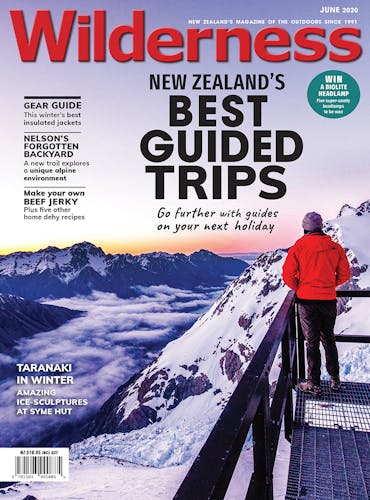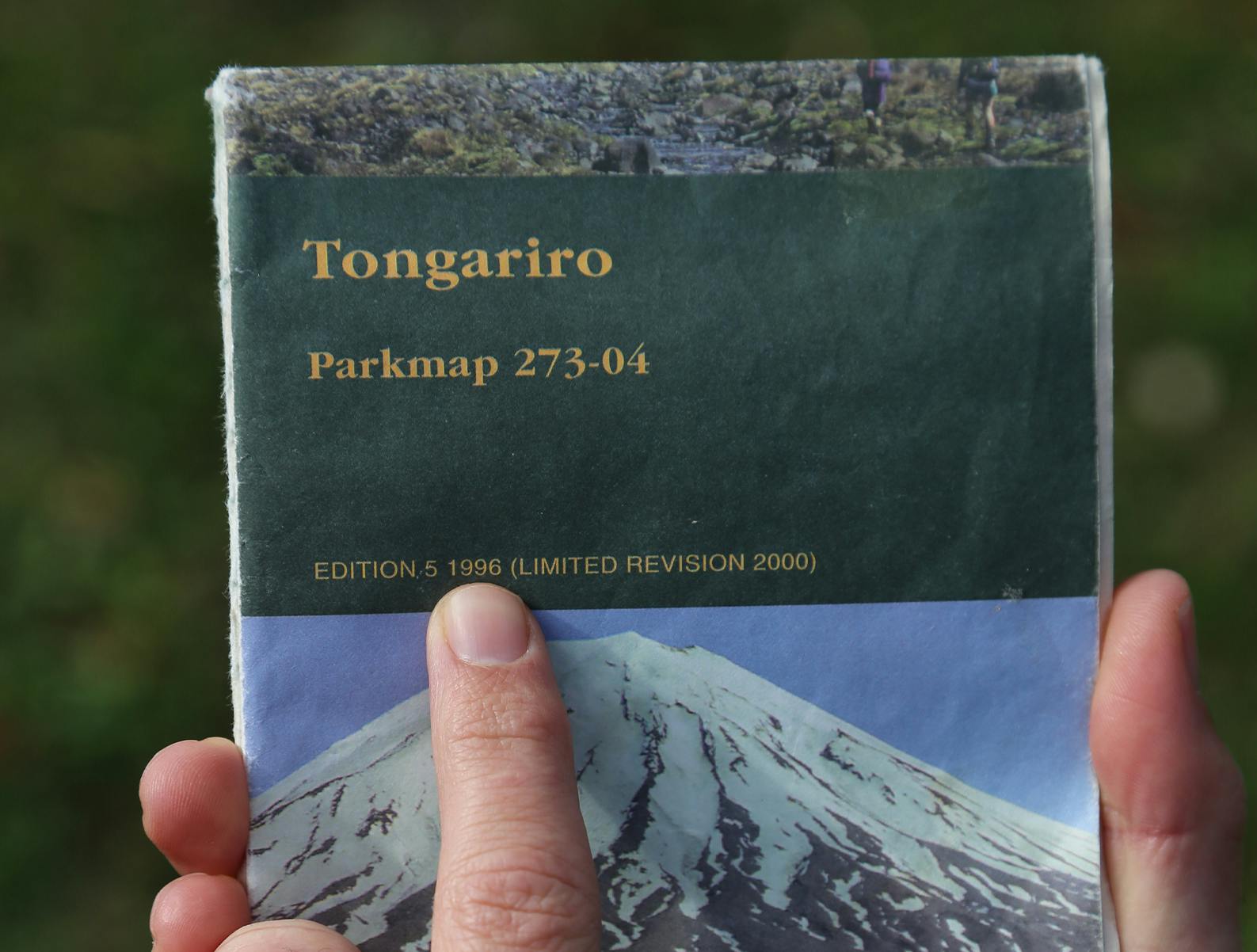Many search and rescue operations have occurred after people have relied on out of date information, writes Noel Bigwood
Have you heard the one about the two fit and capable hikers who went for a day walk from Otaki Forks? They had a topo map with them, but it was from 1996 and little did they know that the final leg of their chosen circuit was along a track that had been closed in 2002. Their trip went well until they reached the closed track and then their pace slowed to a crawl.
After three hours battling the overgrown trail, darkness fell and the hikers turned back to the last hut they had seen – which they reached after another six very difficult hours.
They were rescued scratched, bruised, embarrassed and rather cold at 3am. Theirs is a tale of mishap that began with faulty or out of date information.
So when we are planning our trips, how can we check that we have up to date information?
Keep it current checklist
- Check dates on documents, especially maps. If in doubt, check for updates to the map you need for your trip on the Land Information NZ website.
- Check the Department of Conservation website for information and alerts on your chosen track or destination.
- Contact DOC staff or a visitor centre in the area.
- Contact a local tramping or hunting club, or talk to someone who has been there recently. Look on club websites for recent trip reports – these often contain useful information on the state of the track.
- Check the internet or social media for blogs from other travellers in the area. Blogs are often written about popular tracks such as the Te Araroa Trail and the Great Walks. The official Te Araroa Trail website has information on the current trail status for tracks that form part of the trail.
- If you meet anyone on the track coming from the opposite direction, ask them about conditions ahead – they will have the most recent information.
- Always plan for the worst, just in case.
– Noel Bigwood is an instructor with Outdoor Training New Zealand







